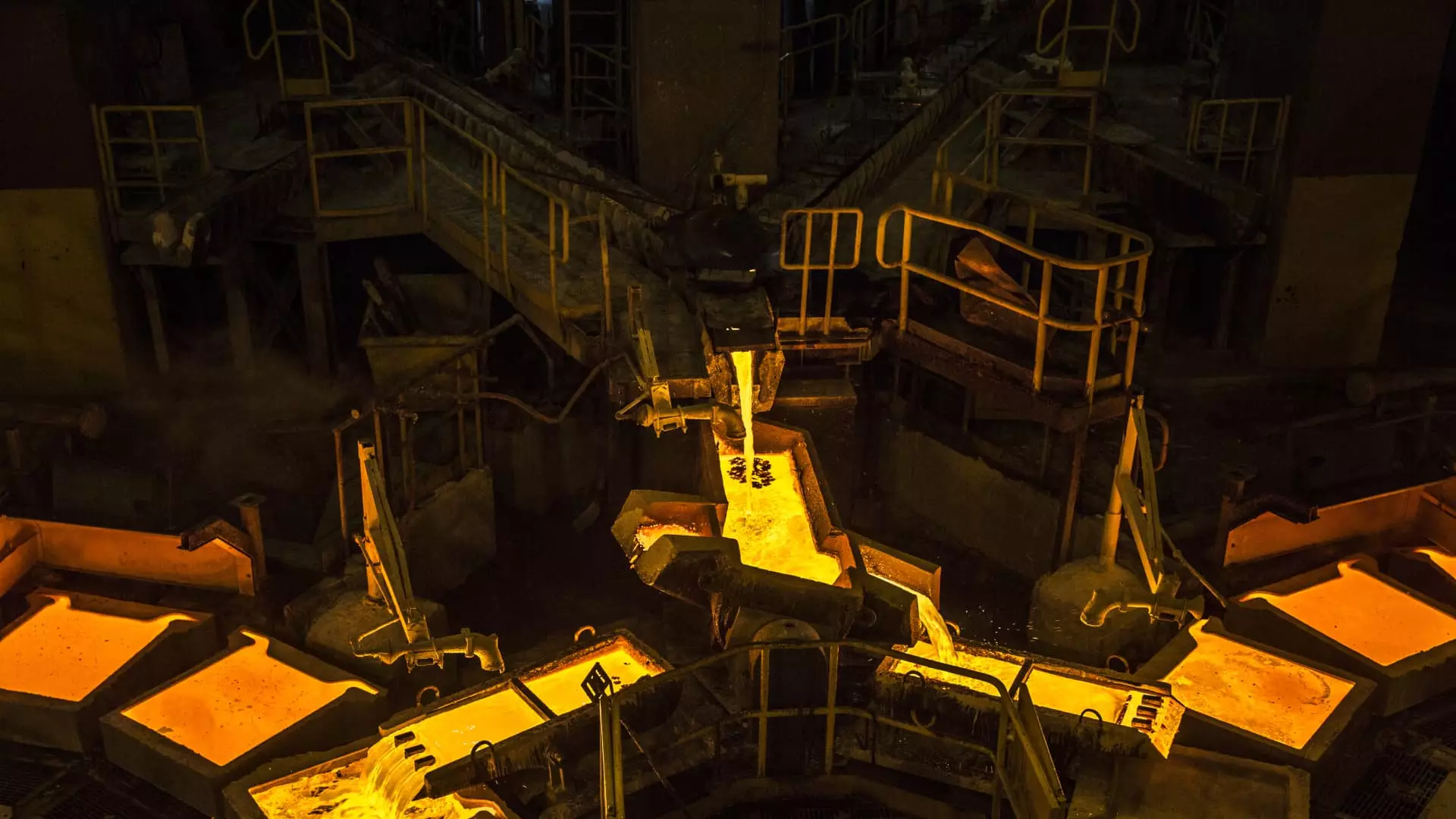In recent months, Peru has emerged as an unexpected darling for international investors, particularly in the context of emerging markets. After years of turbulence marked by political unrest and instability, the current stability seems to have reignited interest in the country’s sovereign bonds. The share of these bonds held by foreign investors has reached 39%, the highest proportion among emerging market nations, signaling a noteworthy shift in sentiment. This renewed appetite suggests that investors are beginning to view Peru not just as a tumultuous territory but as a potential stalwart for fixed income investments.
The current outlook on Peruvian bonds is moderated by Moody’s Baa1 credit rating, which reflects a cautious optimism from ratings agencies. Notably, this renewal of investor confidence comes in the wake of calls for President Dina Boluarte’s resignation earlier this year due to allegations of misconduct. While such political pressures have not entirely subsided, the initial tumult surrounding Boluarte has given way to a form of political stasis, where the threat of impeachment appears to have ebbed. This paused political landscape may grant investors a sense of security—albeit tenuous.
Several macroeconomic indicators also paint a picture of relative strength for Peru. Low debt levels, as represented by a debt-to-GDP ratio of only 33%, are a key driver of this confidence. In contrast to its regional counterparts, such as Brazil and Chile, which exhibit significantly higher ratios, Peru’s fiscal health stands in sharp relief. The stability of the Peruvian currency, the Sol, has also contributed to a favorable environment for investors seeking safer assets.
Moreover, in an environment of fluctuating interest rates across Latin America, the decision by the Central Reserve Bank of Peru to lower interest rates to 5.25% stands out. This proactive approach enhances the attractiveness of local bonds, especially given that investors are currently blessed with a steep yield curve — a contrast to the inverted structures seen in developed economies. David Austerweil from VanEck noted the potential upside for duration in local Peruvian bonds, underlining the yields generated, which are particularly enticing for 2-year and 10-year Soberanos.
Interestingly, the political gridlock often perceived as detrimental may actually be bolstering Peru’s fiscal stability. The inability to pass substantial legislation may keep certain political forces in check, inadvertently creating a more stable bond market. Austerweil posits that this dynamic, while counterintuitive, has led to better outcomes for fixed income investors. The lack of a strong executive may dilute volatile policy shifts that could otherwise destabilize the financial environment.
This perception is echoed by Pramol Dhawan, head of emerging markets portfolio management at Pimco, who emphasizes that the Peruvian central bank has played a significant role in ensuring that the investment ecosystem remains attractive for international players. The cautious and balanced approach from the central bank has been likened to a stabilizing force—the “grown-up in the room”—that reassures investors amid the political maelstrom.
Equity Market Perspectives: Challenges Ahead
However, while sovereign bonds bask in the glow of renewed investor approval, the equity landscape remains a contrasting narrative characterized by uncertainty. Though the MSCI Peru Index has experienced robust growth—up nearly 25% in 2024—this performance may prove to be unsustainable without lasting political reform. Mining firms dominate the equities market, exposing it to cyclicality that can vacillate dramatically based on commodity prices, which remain volatile.
The arrival of rising copper prices, aided by global stimulus measures, presents short-term opportunities, but many analysts, including Dhawan, caution against becoming overly reliant on commodities for sustainable growth. Without a more stable political framework to support a diversified economic base, the equity market’s resilience could falter.
Peru’s bond market has emerged as a surprisingly robust option for international investors amidst a backdrop of political instability, showcasing its potential as a safe haven for fixed-income assets in comparison to its regional peers. Despite ongoing political uncertainties, several market indicators suggest optimism for the future. Yet, the equity market’s performance is a stark reminder of the challenges that lie ahead. The country’s reliance on commodity fluctuations dovetails with the need for a more stable political environment to foster long-term sustainable growth. Investors will need to navigate this complex landscape with a blend of caution and hope, as Peru continues to chart its path forward in the global financial arena.

Leave a Reply